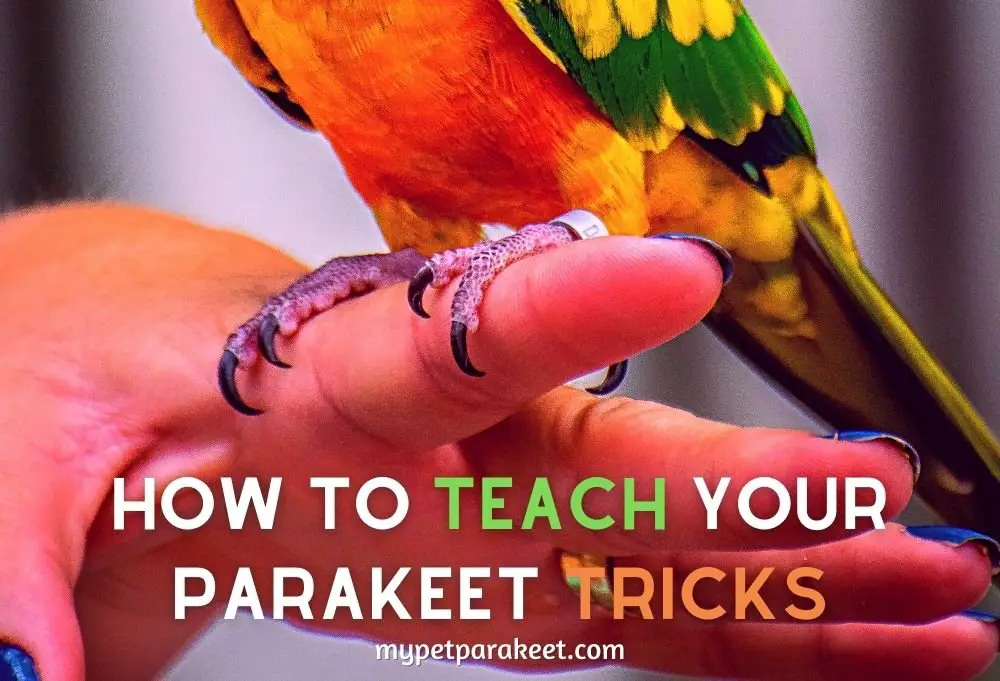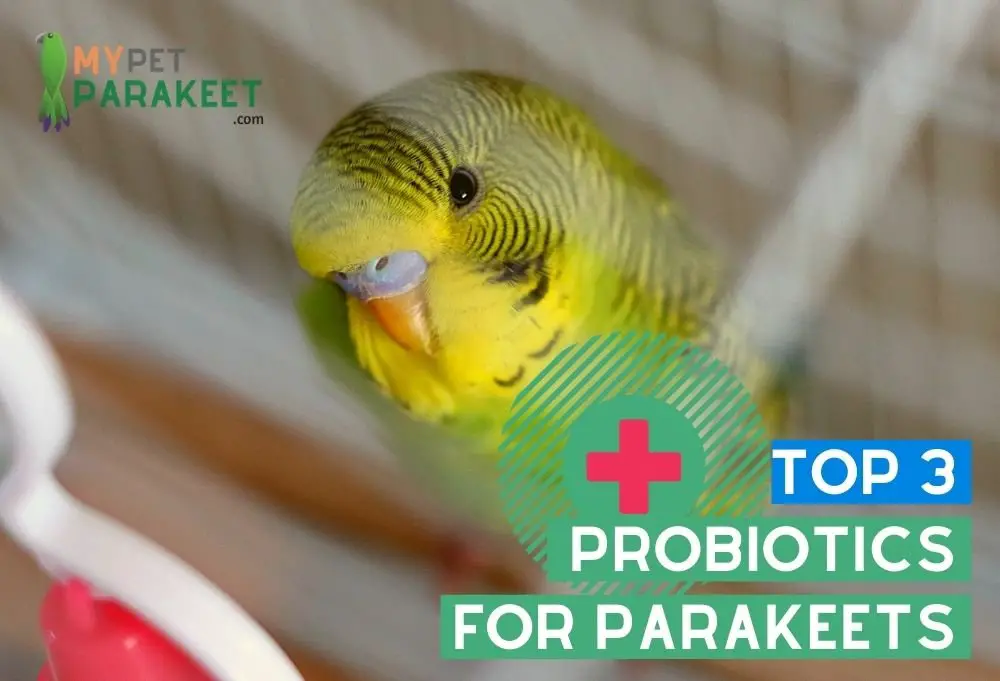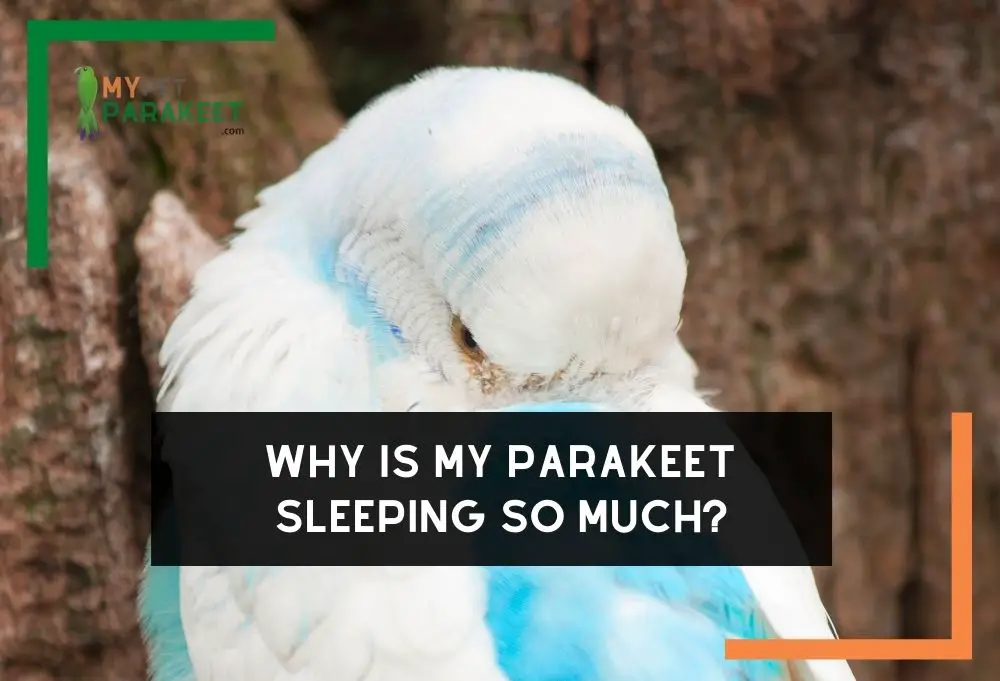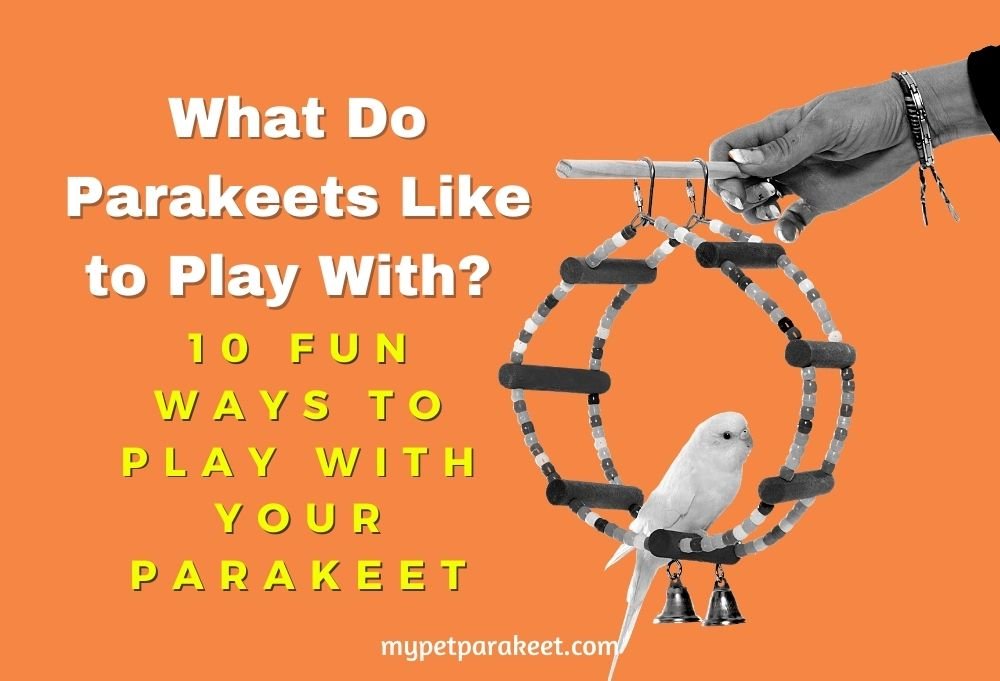Have you ever wanted to teach your parakeet a cool trick? Teaching your parakeet tricks is a fun way to keep it entertained while also giving it the opportunity for plenty of exercise.
It can be challenging, though, not knowing where to start. That is why we have created this article! Here you will find some valuable tips on how to teach your parakeet tricks. The best part is that they are such easy tricks that even beginners can learn them in no time!
Parakeets are awesome fun to train, but the best parakeets for training happen to be young birds. The reason why young birds are best to teach is that they tend to have a strong bond with their owners (or positive experiences with humans).
This makes it easier and less stressful when you're trying to teach them something new. Adult parakeets who haven't bonded with anyone yet won't be very easy to teach. I am sure you know the adage, “you can't teach an old dog new tricks!”
Well, they are still capable of being happy, whistling, chattering creatures, entertaining you just by sitting there all day long and waiting eagerly for food at time intervals; however, if this sounds like what you want, then go ahead!
How To Tame My Parakeet
For starters, take care of the basics. Remember, every person and bird is unique, so your job as a new bird owner is to build trust with them, learn about their likes/dislikes, and get accustomed to each other's quirks.
When you first bring your parakeet home, just sit beside its cage softly talking or singing songs until it gets comfortable around you. Do this for the first few days while also making eye contact with him. Then, change out food & water while speaking quietly and telling him how happy he will be in his new environment before showing him around, slowly!
Place your hand inside the cage without touching or scaring it; just let it know that you are not a danger to it. They will be more willing to trust and step up onto your finger when they have seen how calm you can be in their territory.
Once they start to get familiar, try bonding rituals like holding a piece of millet on your chest and letting them fly to you. Once they come to know that this is not a threat, they will land on your head or shoulder and play with any jewelry there.
When your parakeet hops onto your finger, always appear sure and confident. Hold your fingers close to their body so they don't have far to step up onto it. Keep in mind that if a parakeet is unsure of you, then they will further test how safe something feels before going ahead.
You will notice that they do this by touching your outstretched fingers with their beaks as a testing ground for safety instead of just hopping right on without hesitation. In fact, many animals do this.
They shouldn't be getting even close to biting rang; however, if they do ever bite, remember to remain calm and not respond. (Parakeet bites do not hurt much, anyway!)
This will get them excited, and they will think it's a fun game!
Just a tip about biting: One way you can stop your bird from biting is by shaking their hand gently like an “earthquake.” Never hit or yell at them for any reason whatsoever.
If you approach a bird with an open hand and loving tone, it will fly to your finger. If you are intimidating or scared of the bird, they may run away from you in fear.
Parakeets are prey animals who instinctively fear predators like humans because we have two eyes looking forward at them. That may not sound like much, but to a bird, that is very intimidating as it is not what they are used to. Try looking at your parakeet with just one eye to appear less intimidating.
One way people help coax their birds into getting accustomed to being outside of their cage for extended periods is by using something like the safety measures they may take when introducing themselves at home as well: covering mirrors so it doesn't feel overly exposed, putting down linoleum instead if wood flooring because some species don't enjoy walking across hard surfaces while others will pick small bits off.
Teaching Your Parakeet To Talk
Parakeets have been known to learn how to whistle, speak and play with humans. However, there is a stark difference between the sexes in their ability of mimicry; male parakeets are much more advanced than females with this. However, both sexes sing & imitate sounds.
Many bird owners will attest that males tend to be better talkers and that they can reproduce larger vocabularies. This may be because females rarely think it worth their time or effort – especially if kept as single pets, which don't require defending territories from other birds – often never learning more words than just 12-20 phrases.
Repetition Is Key
If you want to teach your parakeet a new word, repetition is key.
Repeat the words over and over every day for best results when working with male birds or just one-two at most.
They will pick up on these words and incorporate them into their everyday speech. If you have many parakeets and are not consistent, then language learned from humans may be forgotten altogether. Everyone starts conversing like other birds in the area regardless of what was originally used among themselves before meeting others that speak differently than those trained by them humans exclusively.
Teaching Your Parakeet to Step Up
When teaching a parakeet to step up, it is important not only to use the command each time but also have them repeat in order for consistency. If you continue practicing this and they do what you want when saying “step-up” then hold your hand out flat with one finger pointing down – like an invitation or signal that says come here!
Yes, it can be difficult to train your bird. But with patience and a lot of practice on both sides, you will soon find that the whole process is much less daunting than before!
Here is another valuable tip for teaching them new behaviors:
Use Millet Spray As Bait
Parakeets LOVE millet spray, so make sure each time they do what you want them to do (like getting onto an outstretched dowel), you then give them a little reward like treats or praise in high pitched voice.
They'll hop right up without any fuss at all because just being around their favorite treat makes everything worthwhile!! With enough repetition over the course of days, even weeks, these birds should learn not only how easy but also rewarding getting onto something unfamiliar feels.
Teaching your parakeet to step up onto a dowel is just the beginning of training them out in their cage. Once they've mastered that, you can move on to teaching them how to step up onto your finger! Hold the dowel with one hand and use it as though it were an extension of your index finger, getting closer each time until they are stepping all over it.
Parakeet Perch Training
In order to teach your bird how to step onto a perch, start by using shorter perches. Eventually, work up until you are able to use two-to-four-foot-long perches for the best effect. This will help with retrieving scared birds from high positions in rooms or even low branches outside!
Most parakeets will learn to step up onto a perch eventually. It is best if you train your bird using the same simple commands and do not make training too difficult for them so that they don't get frustrated or bored with what may seem like repetition, as it can take hours of practice before an animal learns new skills!
Give treats occasionally to keep their interest piqued; after all, this is supposed to be fun for both parties involved in learning this skill!
You'll know when your bird has had enough by noticing one of two things:
- He seems tired from trying very hard but cannot master the task at hand even after practicing several times within a single session.
- He just won't try anymore during any given practice session.
Intermediate Parakeet Trick: Belly Up
By now you have learned that parakeets can do some neat tricks, one of which is to lie on their backs in your hands. This position is helpful for veterinarians when they need to examine the birds.
To teach your parakeet this trick, you must constantly tip them back into a cupped palm while perched on an upright hand. Eventually, they get comfortable enough with that motion and let you hold him with his belly up too!
This trick is not as easy as the others as many parakeets are just too excited about everything else going on and forget to listen! But as with all parakeets tricks, consistency is key.
Conclusion
Well done! You now know how to teach your parakeet tricks, and some cool ones, at that. We hope you've found this guide useful and are confident in your ability to provide a fun, interactive environment for all of the feathered members of your family.
That being said, we encourage you to continue reading up on other parakeet-related topics that interest you; there is an endless amount of knowledge out there waiting for people like us who have a passion for parakeets—and, more importantly, those who share our enthusiasm about them!
Have any questions or feedback?
Leave it below, and one of our team will get back to you as soon as they can.









